I am trying to return a value equal to the position of the first letter coming after two or more spaces.
I have a tool that extract tables with variable column length into TXT docs. I need to get these tables into an Excel sheet without having to put fixed width to each column in each table (that is a lot of coding to be done). I am trying to find something more dynamic to do so based on the position of the first character after two or more spaces.
Bearing in mind that not all rows are fully populated but the first row would make a perfect candidate to get the width of the column.
To give an example, the lines of the text would look like this
John Robert Eric Tom
10 11 143 43
21 265 56
99 241 76
All I got so far is to make it work with fixed width as per the code below
Sub exporttosheet()
Dim fPath As String
fPath = "C:\test.txt"
Const fsoForReading = 1
Const F_LEN_A As Integer = 10
Const F_LEN_B As Integer = 23
Const F_LEN_C As Integer = 7
Const F_LEN_D As Integer = 10
Dim objFSO As Object, objTextStream As Object, txt, f1, f2, f3, f4
Dim start As Integer
Dim fLen As Integer
Dim rw As Long
Set objFSO = CreateObject("scripting.filesystemobject")
Set objTextStream = objFSO.OpenTextFile(fPath, fsoForReading)
rw = 1
Do Until objTextStream.AtEndOfStream
txt = objTextStream.Readline
f1 = Trim(Left(txt, F_LEN_A))
start = F_LEN_A + 1
f2 = Trim(Mid(txt, start, F_LEN_B))
start = start + F_LEN_B + 1
f3 = Trim(Mid(txt, start, F_LEN_C))
start = start + F_LEN_C + 1
f4 = Trim(Mid(txt, start, F_LEN_D))
With ThisWorkbook.Sheets("data").Cells(rw, 1).Resize(1, 4)
.NumberFormat = "@" 'format cells as text
.Value = Array(f1, f2, f3, f4)
End With
rw = rw + 1
Loop
objTextStream.Close
End Sub


